Guides

My Engine RPM Flustrating - How To Fix?
On wet and cold days, engines often struggle to start and exhibit their discomfort with fluctuations in engine speed (RPMs). If these fluctuations occur during a cold start within a narrow range...

My Car Won't Start - What Are The Possible Causes?
If the engine doesn't start, the first thing to do is to stay calm and not lose your composure. Sometimes, the reasons for a failed engine start are so trivial that the problem can be...
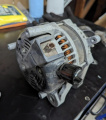
What Are The Signs Of Bad Alternator? How To Diagnose And Fix
The alternator (or generator) is an auxiliary component of the engine, serving only one purpose: charging the car battery while driving. In principle, the alternator requires minimal maintenance...

Squeaking Noise Under The Hood - What Is It?
The squeaking noise emanating from under the hood is not solely attributed to the serpentine belt, even though it is usually the prime suspect. At times, other components may fail and are...

Car Air Conditioning System Malfunction - Common Causes And Solutions
Indispensable in the summer to escape the scorching heat, and invaluable in winter for defogging windows – living without air conditioning is hardly bearable these days. Moreover, it's...
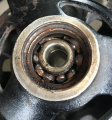
Bad Wheel Bearings: How To Diagnose And Troubleshoot
Wheel bearings are often overlooked during car maintenance and only receive attention when a defect is imminent. If the initial symptoms are ignored, a worn wheel bearing can have...
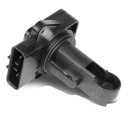
Mass Air Flow Sensor Fail: How To Diagnose And Fix
The mass air flow sensor is used to measure the amount of air entering the engine and is essential for determining the air-fuel mixture in the engine. Based on this information, the engine...
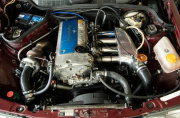
Mercedes M111 Engine: Typical Problems And Breakdowns
The M111 is a four-cylinder gasoline engine developed by Mercedes-Benz, introduced to the market in 1992 and first used in the C-Class W202. This power unit was available both as a classic...

Is Timing Chain Or Timing Belt Better? Detailed Comparison
Timing Chain or Timing Belt? Those who have grappled with this question will likely know that the timing chain is maintenance-free and never needs to be replaced. In contrast, timing belts should...
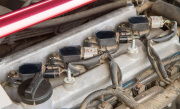
Faulty Ignition Coils - How To Diagnose And Fix
The ignition coil is designed to convert the low onboard voltage of the car into high voltage, which is required to generate the ignition spark at the spark plug. While ignition coils generally...
